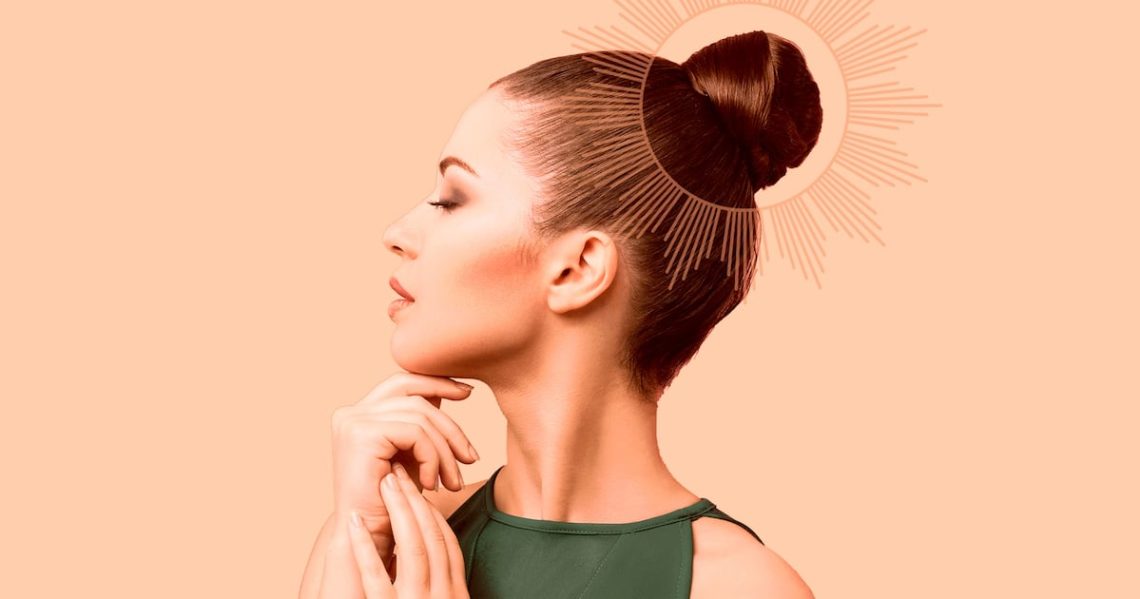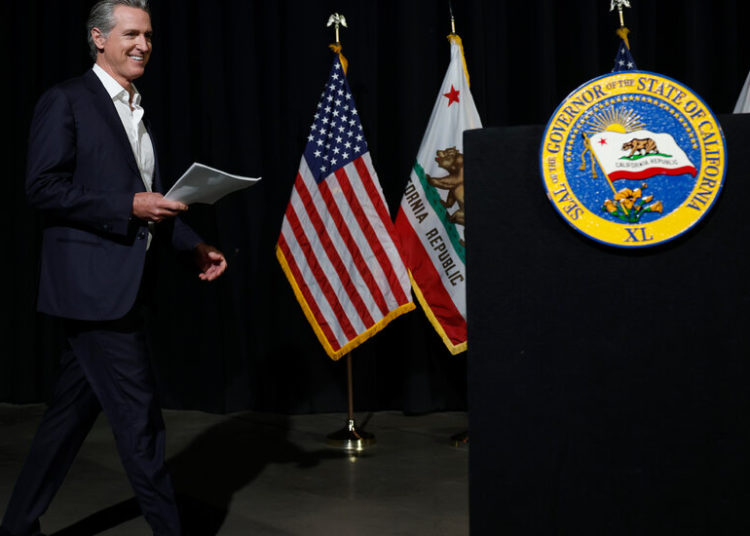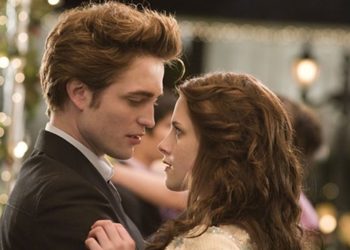Is it possible to do your hair and, in the process, change your face?
A slicked-back bun is my go-to when I’ve gone one day too long without washing my hair, but a bun so tight that it gives my face a lifted, toned, and “snatched” appearance? This is the logic behind the “blepharoplasty bun,” as beauty journalist Marci Robin geniusly coined the style for Allure.
This hairstyle is essentially a slicked-back bun pulled so tight that the wearer appears to have had blepharoplasty, more commonly known as an eyelid lift. The hairstyle has long roots in Black and brown communities as a protective style, but has now become popular on social media and among celebrities of all hair textures. Robin writes, “Now that the classic slickback has been adopted by famous white women, it’s taken on a new purpose: to snatch like they’ve never been snatched before.”
When we talk about celebrities, I’m skeptical about whether the “snatched” look is truly thanks to their hairstyles or if there’s also been actual cosmetic work done. It has long been whispered that celebrities change hairstyles when they get work done to redirect our attention, making us believe their radiant glow is thanks to, say, an autumnal copper dye job or a sleek new lob. I wanted to try this trend for myself and see if a hairdo could make me look a tad more nipped, tucked, and pulled up.
Trying the “bleph bun” for myself
Before attempting this style, I asked an expert. To be more precise, I approached a glamorous-looking woman at a beauty event with a perfectly taut updo. She was generous enough to share her secret, advising me to split my hair into two sections, then style one at a time. This would allow me to pull the top of my hair as tightly as possible and secure it in place before focusing on the bun.
I prepared with a sleek stick, a boar bristle hairbrush, and two thick hair ties. First, I took a triangle-shaped section of hair from the sides of my eyebrows to the middle of my part, combed it, and pulled it as tight as I could before tying it on top of my head. Then, I gathered the rest of my hair and flipped it into a bun with the automated wrapping movement I’ve perfected over the past 20 years.
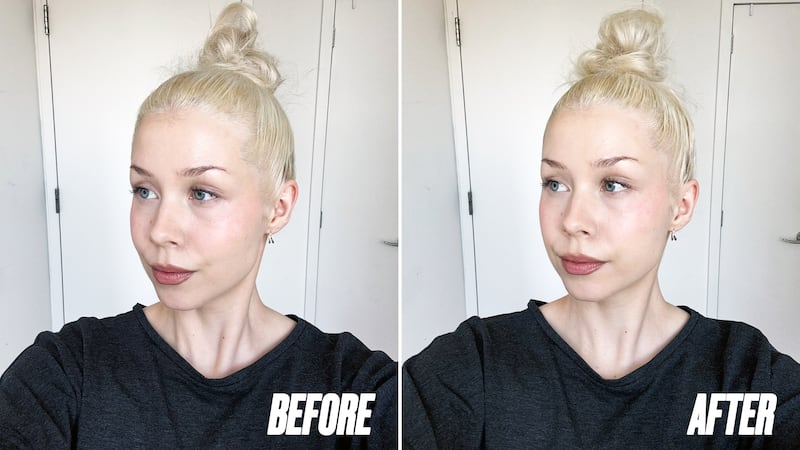
I felt an immediate difference. The outer corners of my eyes felt pulled upwards, my forehead and scalp were uncomfortable, and my skin felt so much tighter that it was harder to smile. While I have never had a facelift, I imagine that this is how a (very rudimentary) one might feel.
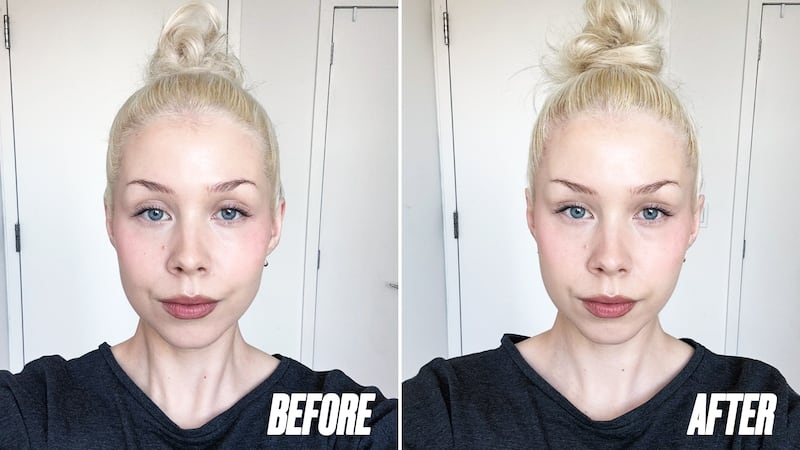
But how did it look? To my surprise, I saw a change in my appearance. The ends of my eyebrows and eyes were just a tad higher, creating a more snatched look as promised. However, the change was extremely subtle—possibly undetectable to anyone who has not studied my face up close—and definitely not comparable to a facelift, or in line with the discomfort I was feeling.
The downside of the “bleph bun”
Can a hairdo this tight actually be bad for my scalp? Unfortunately, yes. Hairstyles that pull the hair too tightly can cause scalp stress and can eventually lead to hairline recession—a condition known as traction alopecia, according to the American Academy of Dermatology.
In the name of beauty and science, I took the hairdo out for a day. None of my friends noticed any difference—even when I eventually asked them if they did—and I felt a constant unpleasant pull on my scalp. When I got home seven hours later and took the bun down, plenty of hair fell out with the hair tie.
I enjoyed the bleph bun’s aesthetic (and its clever name), but the discomfort I felt simply wasn’t worth the results. I was wondering if some of these celebrities were actually using face tape to achieve a lifted look—perhaps that’s up next on the menu.
The post I Tried a Hairstyle to Make Myself Look Younger—Did It Work? appeared first on The Daily Beast.
